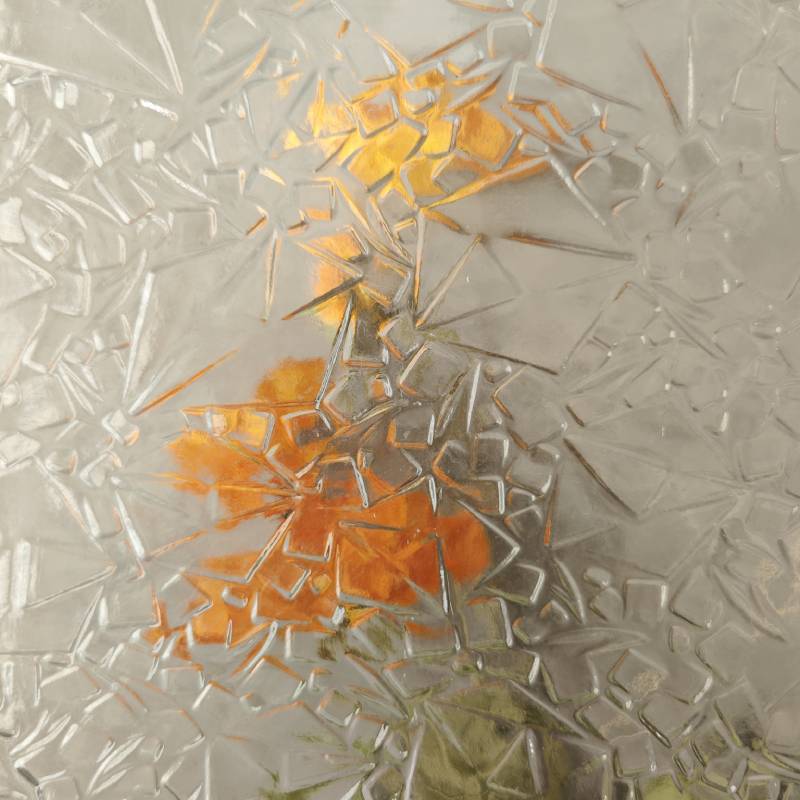

Understanding Triple Low E Glass The Ultimate Energy-Efficient Choice
In today’s increasingly energy-conscious world, building materials play a crucial role in sustainability and energy efficiency. One of the standout choices on the market is triple low-emissivity (low E) glass, a revolutionary innovation that addresses both environmental considerations and optimum comfort for building occupants. This article delves into the characteristics, benefits, and applications of triple low E glass and why it is becoming the preferred option for modern architecture.
What is Triple Low E Glass?
Triple low E glass consists of three layers of glass, with each layer coated with a special low-emissivity coating and separated by argon or krypton gas. The low E coatings are designed to reflect infrared energy while allowing visible light to pass through. This means that the glass is not only efficient in minimizing heat transfer but also facilitates natural lighting within the interiors of buildings.
The “triple” aspect refers to the three panes of glass used in the design. The configuration enhances insulation properties significantly compared to single or double-glazed windows. By incorporating two insulating gas chambers between the glass layers, triple low E glass achieves a remarkable reduction in heat loss during winter and minimizes heat gain in summer.
The Benefits of Triple Low E Glass
1. Energy Efficiency One of the most compelling advantages of triple low E glass is its exceptional energy efficiency. This type of glass can effectively reduce energy consumption by up to 30-50% compared to standard single-pane windows. Such reductions in energy usage translate into lower utility bills, making it a financially smart choice over time.
2. Comfort The insulating properties of triple low E glass create a more stable indoor environment. Home and building occupants experience fewer drafts, improved temperature consistency, and enhanced overall comfort. This is particularly beneficial in regions that experience extreme temperatures, whether hot or cold.

3. UV Protection Ultraviolet (UV) rays from the sun can cause fading in furniture, carpets, and artwork. Triple low E glass blocks a significant percentage of harmful UV rays, helping preserve the integrity of interior furnishings while maintaining natural light flow.
4. Sound Reduction The thickness of triple-glazed low E windows also contributes to sound insulation. With three panes of glass and gas-filled spaces, sound transmission from the outside environment is diminished, creating a quieter and more serene indoor atmosphere.
5. Sustainability As the world grapples with climate change and resource depletion, adopting energy-efficient solutions like triple low E glass can significantly reduce a building's carbon footprint. By minimizing the dependency on heating and cooling systems, we contribute to a more sustainable future.
Applications in Modern Architecture
Triple low E glass is increasingly utilized in residential and commercial buildings alike. Architects and builders appreciate its aesthetic appeal combined with performance benefits. High-rise buildings, office complexes, schools, and even residential homes are incorporating this technology for its energy-saving potential and modern look.
Moreover, governmental regulations and incentives are encouraging the use of energy-efficient materials such as triple low E glass. Many countries offer tax breaks or rebates for energy-efficient home improvements, increasing its attractiveness to homeowners and businesses aiming to reduce their operating costs.
Conclusion
In conclusion, triple low E glass represents a significant advancement in window technology, marrying energy efficiency with modern design principles. By providing outstanding insulation, UV protection, and sound reduction while maintaining aesthetic appeal, it is no surprise that it is becoming the go-to choice for energy-conscious architects and builders. As we look towards a more sustainable future, adopting materials like triple low E glass is not just an option; it is a necessity for any responsible building project.